Minds On
Fluids in everyday life
Explore this video to see water in slow motion.
A fluid is a liquid or gas that has no fixed shape and is free to flow.
In the organizer provided, brainstorm fluids that you encounter in your everyday life. Specify if you think the fluid is a liquid or a gas. If possible, share and compare your list with someone
Complete the Fluids I Encounter organizer in your notebook or using the following fillable and printable document. If you like, you may use speech-to-text or audio tools to record your thoughts.
|
Location |
Fluids I encounter … |
|---|---|
|
Personal life |
|
|
School |
|
|
Outdoors |
Press the ‘Activity’ button to access Fluids I Encounter chart.
Action
Innovation in Canada
This learning activity features emerging technologies, STEM contributions, and Canadian innovations that are making a difference.

Task 1: Properties of fluids
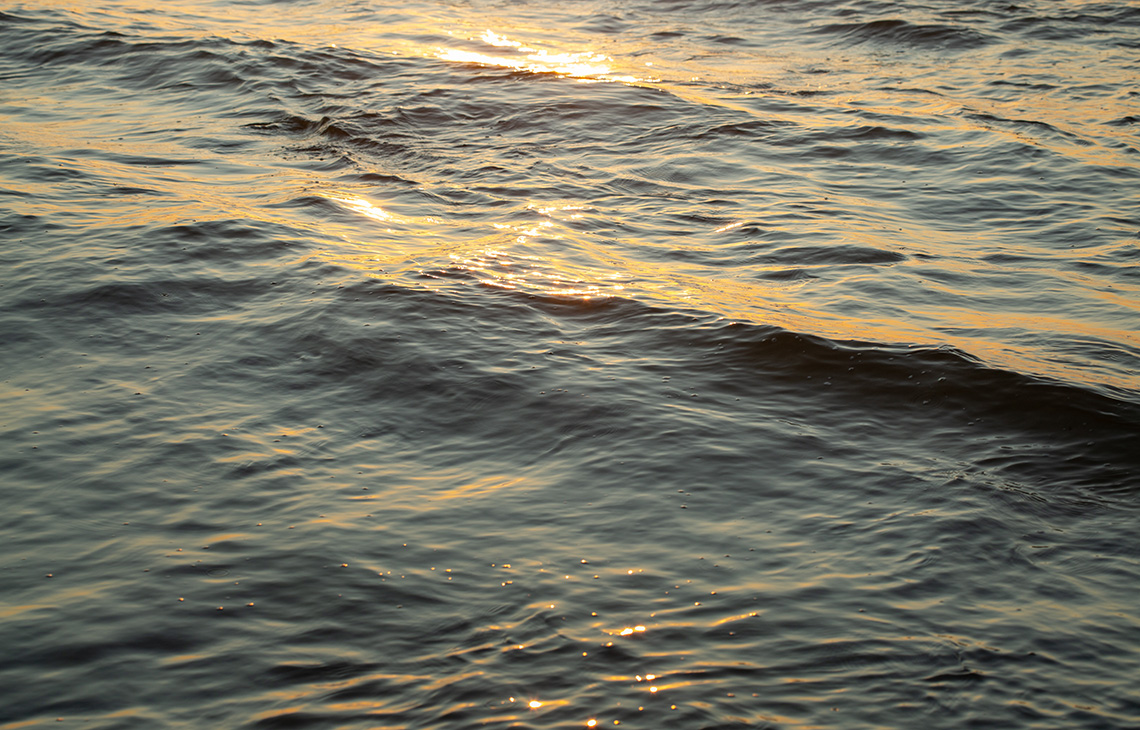
Characteristics of fluids
There are certain characteristics that define fluids as fluids:
- Fluids do not have a definite shape of their own; fluids take the shape of their container.
- Fluids have no shear resistance, which means that when a force is applied to it, the gas or liquid moves around the force rather than resisting it. For example, a person can quickly move their arm through air or water and the particles will move around their hand.
- Fluid molecules are spaced farther apart than solid molecules.
These are three characteristics that are similar between the fluids – liquids and gases.
Press the following tabs to access other characteristics of fluids.
Compressibility is how much the volume of a fluid decreases under pressure:
- If pressure is applied to a liquid, the volume remains almost the same, making liquids less compressible
- If pressure is applied to a gas, the volume will decrease as most of the volume is made up of air, making gases more compressible

Shape and volume
- Liquids take the shape of their container, and the volume won’t change based on the container
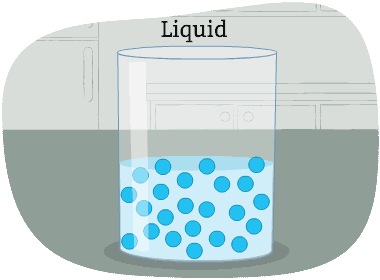
- Gases also take the shape of their container, but the volume will expand or contract to match the container
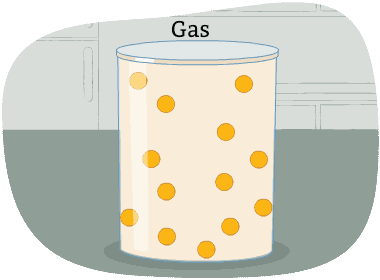
Shear resistance is the resistance to applied forces
- A liquid has limited shear resistance to applied forces
- A gas has zero shear resistance to applied forces

Viscosity is the resistance for flow:
- Viscosity varies in liquids depending on the type of liquid
- Gases are less viscous because they have no resistance to flow

Molecular spacing
- Molecules in liquids are fairly close together and move slowly
- Molecules in gases are spread farther apart and move quickly

Fluid mechanics
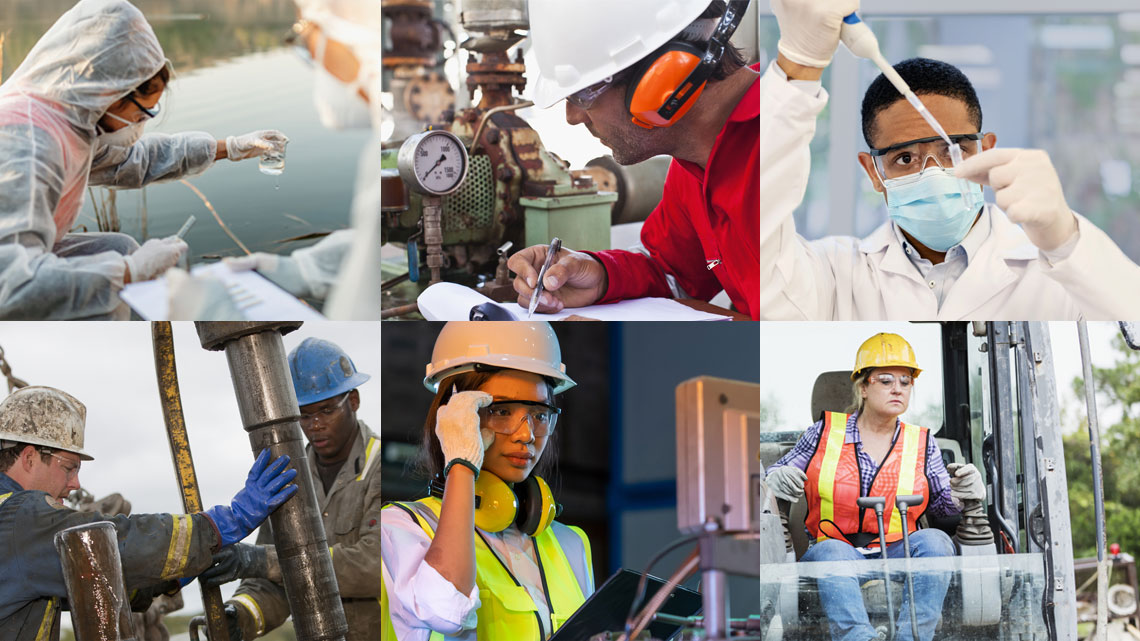
There are opportunities for careers in Canada that work with fluid mechanics.
Press the following tabs to access some of the careers that relate to fluid mechanics.
A mechanical engineer designs, develops, builds, and tests mechanical devices. They design power-producing machines, such as generators, steam engines, and turbines. Mechanical engineers play an important role in the automotive, computer and electronics, automation, and manufacturing industries. They analyze their work using the principles of motion, energy, and force – ensuring designs are safe, efficient, and reliable.
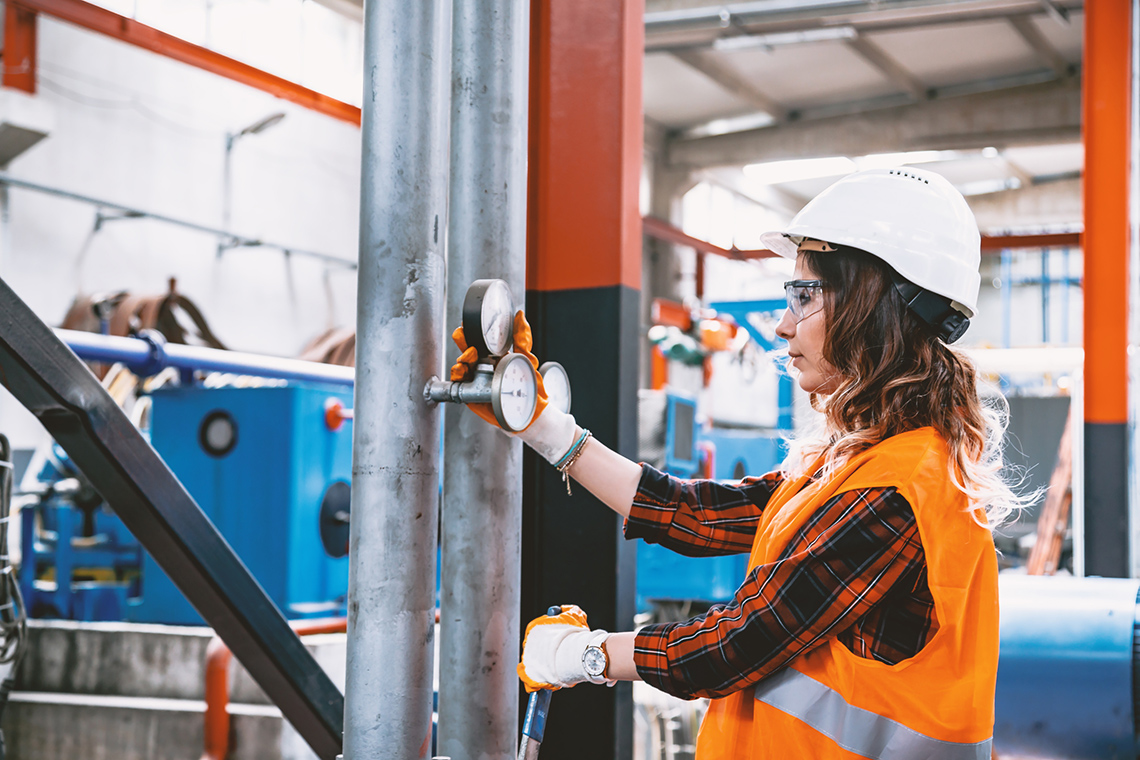
Chemical engineers apply the principles of chemistry, biology, physics, and math to develop and design chemical manufacturing processes. They use fluid properties when working in manufacturing, healthcare, food processing, and much more. Knowledge of fluids is essential for a chemical engineer because the majority of chemical-processing operations are conducted either partly or totally in the fluid phase.
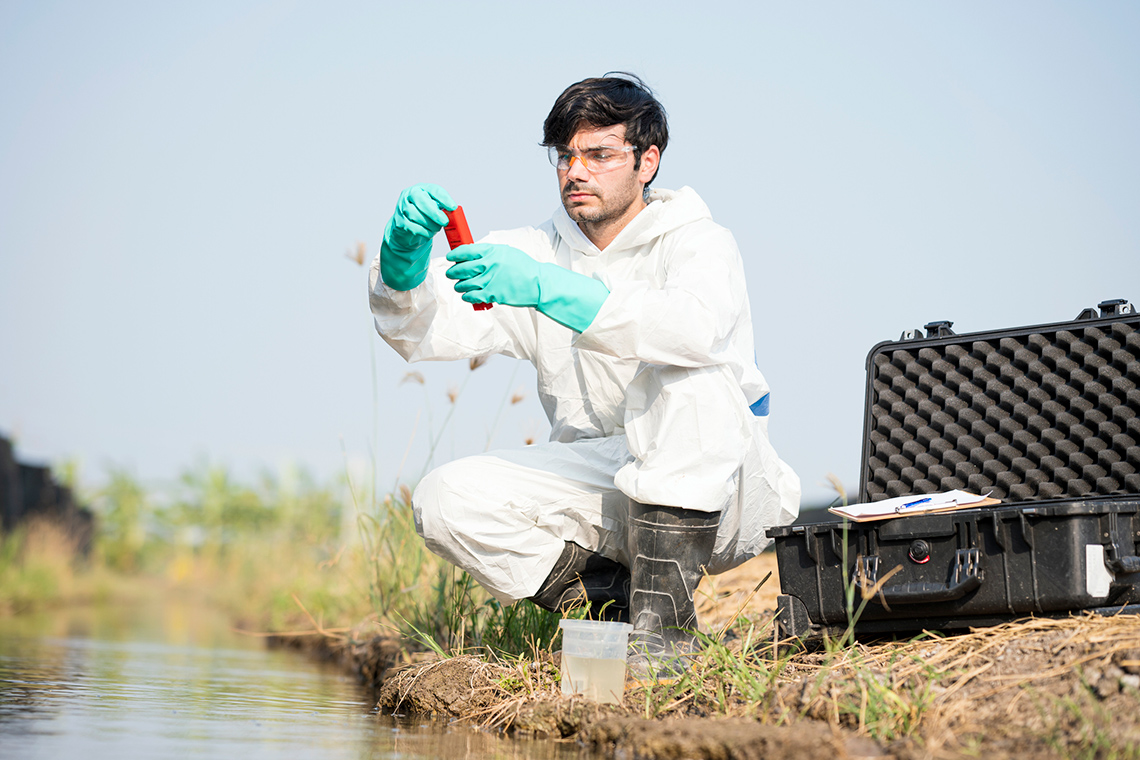
Biomedical engineers use life science principles to design and control biological processes and systems to better human, animal, and plant life.
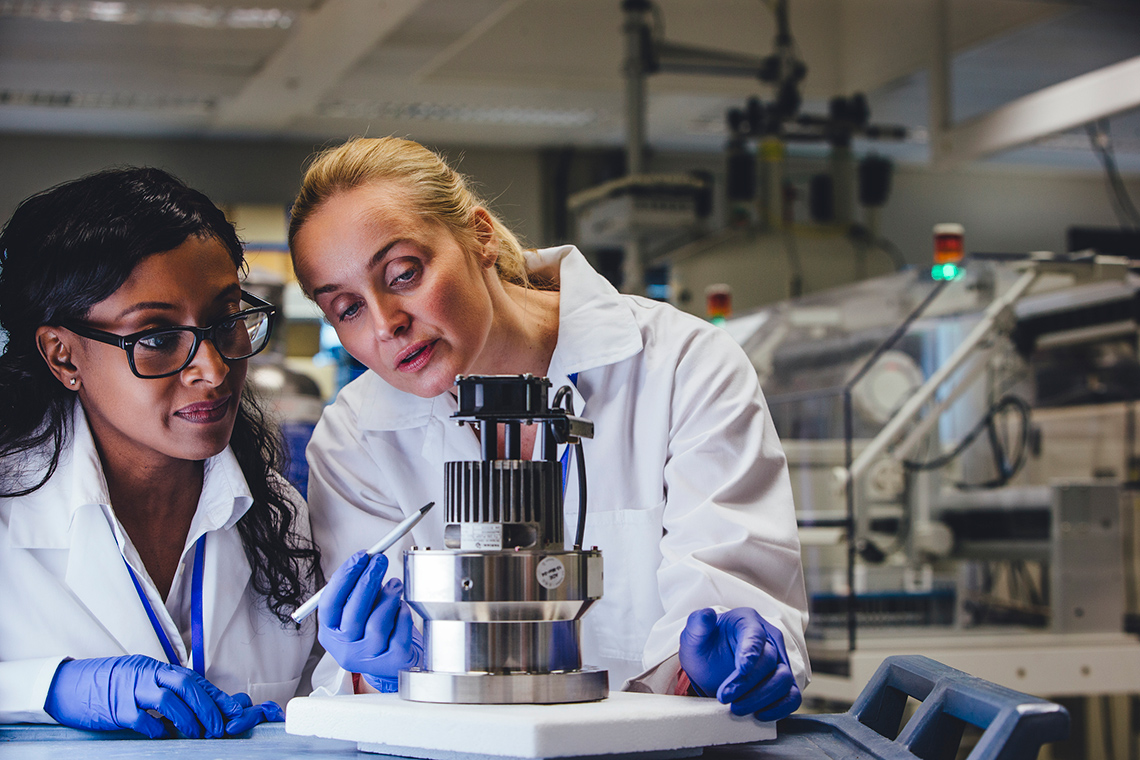
Ecological and environmental engineers predict, design, construct, or restore and manage ecosystems. Their goal is to integrate humans, technology, and the natural environment. Ecological engineers focus on engineering applications to land and water resources, air and soil quality, land-use management, ecosystem services, ecological restoration, and waste management.
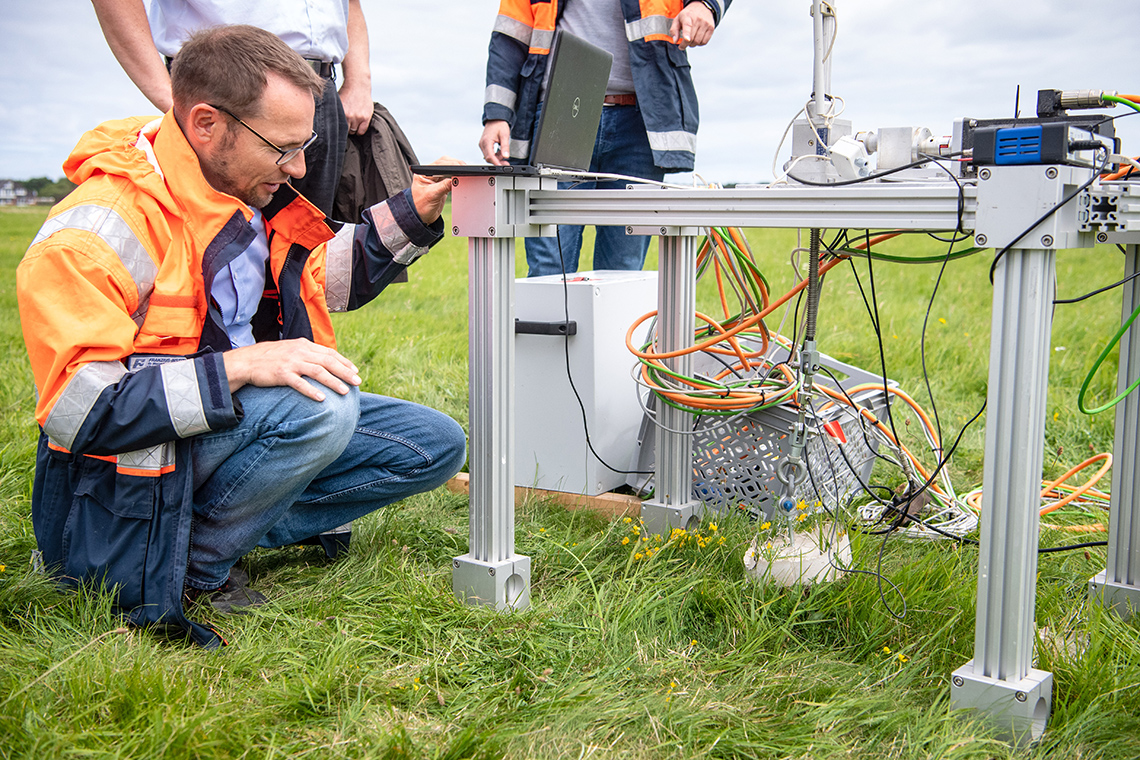
Based on the information you explored about each type of engineer – match the job based on the properties of fluids with the engineer who would perform that job.
Task 2: Design and build

Before beginning your design, explore the steps of the engineering design process. These steps will help guide you as you work your way through this activity.
Explore this video to learn about the steps of the Engineering Design Process.
Design a toy
The properties of fluids are used in a variety of ways, even in children’s toys. A company has hired you to design a new toy for their upcoming launch. Your task is to design a toy using the properties of fluids. Your toy must be able to move on land, in water, or in the air.
Choose one of the three following options to begin the design process. Follow the engineering design process to design, and if possible, build and test your toy.

Option one: Land
Design and build a toy that uses the properties of fluids to move over land.
Press ‘Hint’ to access some ideas.
Think about vehicles, walking machines, robots.
Option two: Water
Design and build a toy that uses the properties of fluids to move on or in water.
Press ‘Hint’ to access some ideas.
Think about boats, submarines, and diving machines.
Option three: Air
Design and build a toy that uses the properties of gases to move air.
Press ‘Hint’ to access some ideas.
Think about planes, kites, and hot air balloons.
Pause and Reflect
Pause and reflect
Now that you have designed and possibly built and tested your toy, it is important to reflect on the engineering process. Record your ideas using a method of your choice.
- What is one “ah-ha!” moment that you had? Think about a moment when something finally worked, or when you had an inspirational moment or thought.
- What is one “uh-oh” moment that you had? Think about a moment when you realized something wouldn’t work the way you wanted, or you had to revise your plan.
- Why is perseverance so important when working through the engineering process? Give examples of your perseverance during your design process.
Consolidation
Brochure

Create a brochure or advertisement for the toy that you designed using a method of your choice. Your final product should include:
Reflection
As you read the following descriptions, select the one that best describes your current understanding of the learning in this activity. Press the corresponding button once you have made your choice.
I feel…
Now, expand on your ideas by recording your thoughts using a voice recorder, speech-to-text, or writing tool.
When you review your notes on this learning activity later, reflect on whether you would select a different description based on your further review of the material in this learning activity.
Press ‘Discover More’ to extend your skills.
Discover MoreResearching fluid innovations

Before beginning your research, explore the steps of the scientific research process. These steps will help guide you as you work your way through this activity.
Explore this video to learn about the steps of the Scientific Research Process.
Innovative ideas using fluids
Over the years, scientists and engineers have been using the characteristics of fluids to fuel innovative ideas and products. Explore this list of innovations centered around fluid characteristics.
Innovations centered around fluids
Use the steps of the Scientific Research Process to conduct research to understand how engineers and the characteristics of fluids contributed to these developments.